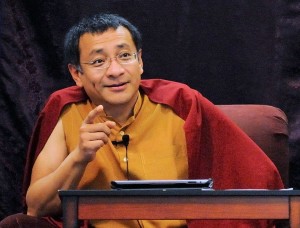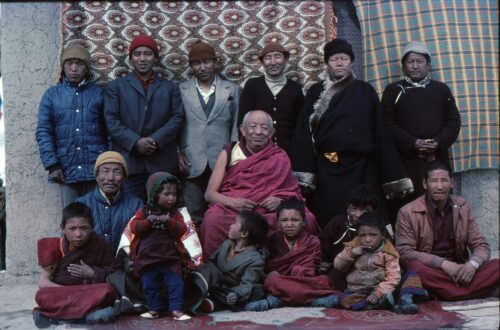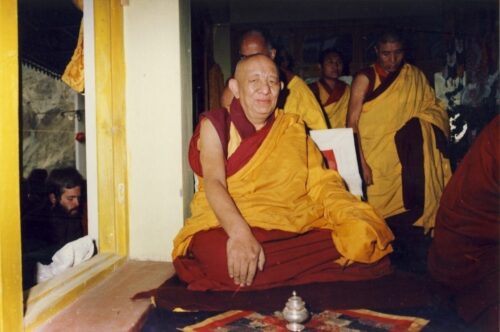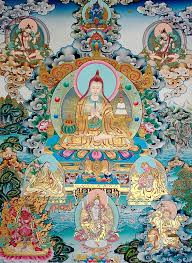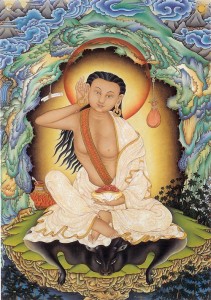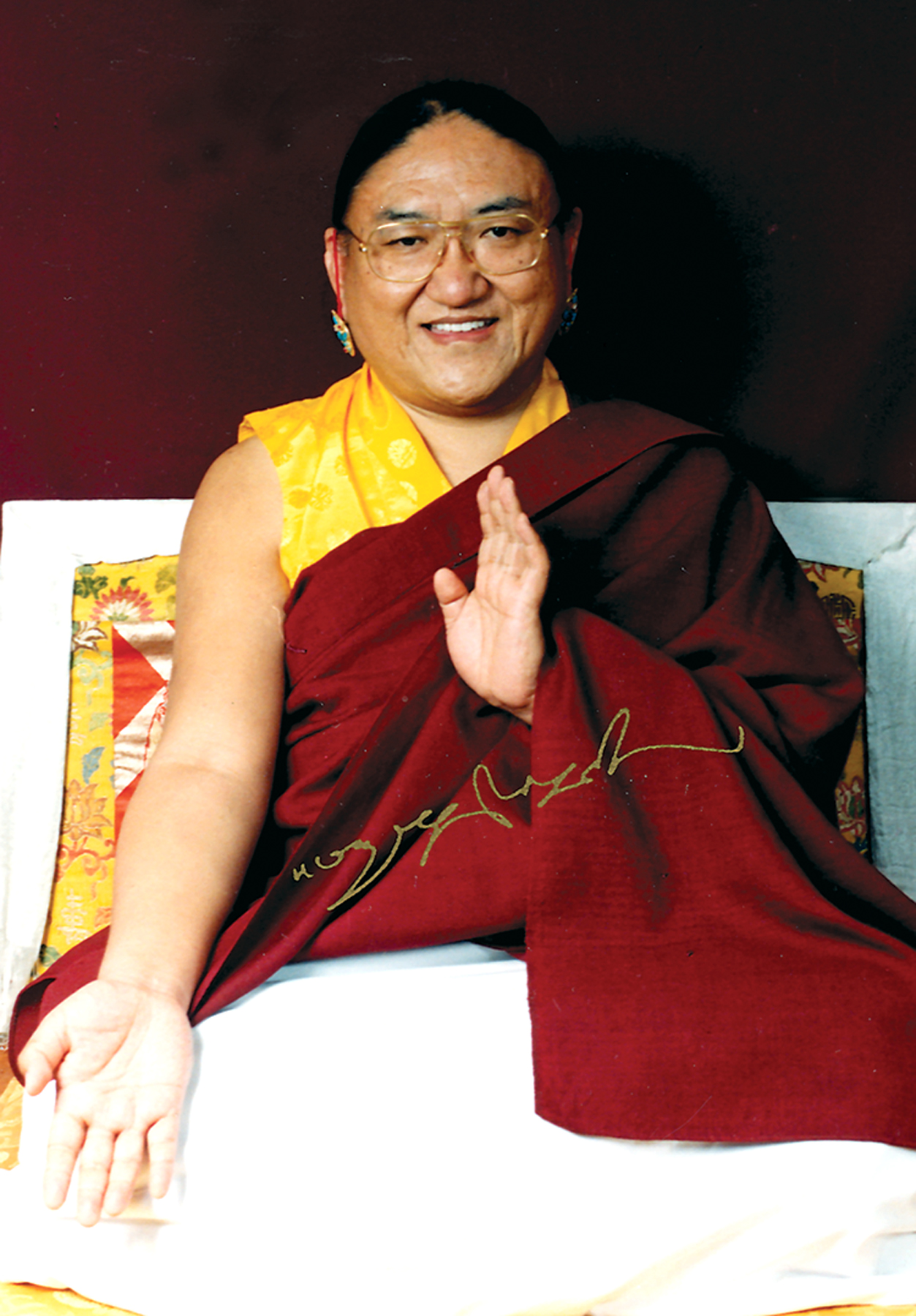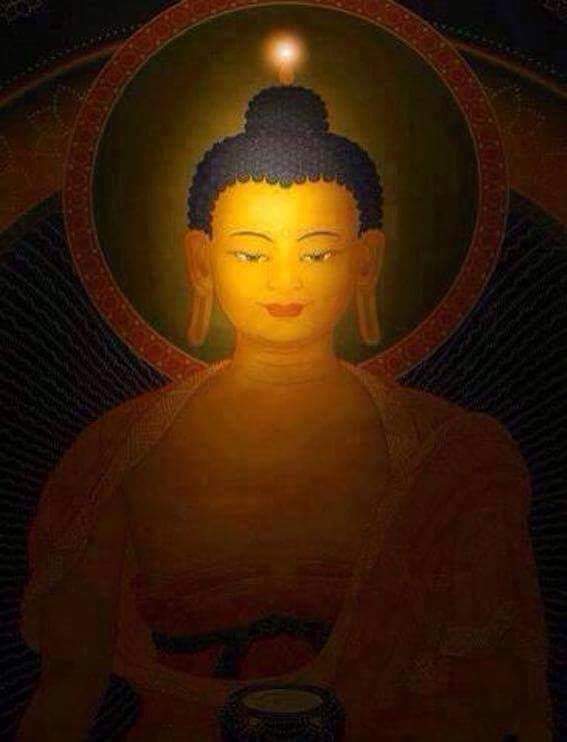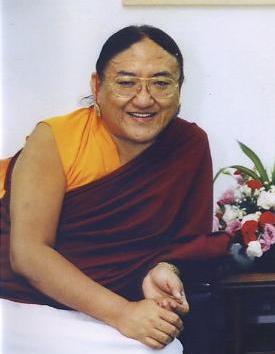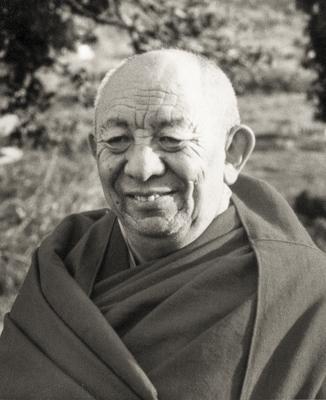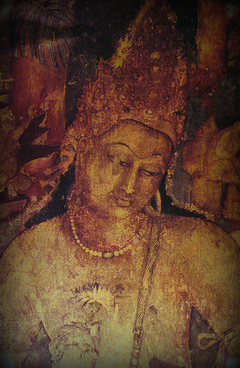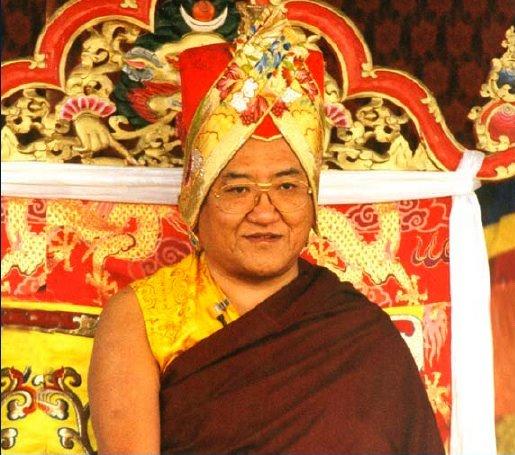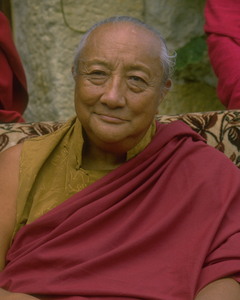
Tashi Paljor, Dilgo Khyentse Rinpoche (c. 1910 – 28 September 1991) was a Vajrayana master, scholar, poet, teacher, and recognized by Buddhists as one of the greatest realized masters. Head of the Nyingma school of Tibetan Buddhism from 1988 to 1991, he is also considered an eminent proponent of the Rime tradition.
Advice to Three-Year Retreatants by Dilgo Khyentse Rinpoche
Homage to the guru!
This is addressed to those staying in three-year retreat in France.
Those of you who live in Europe and other modern countries have all the amenities and luxuries this life affords, but until recently you had never even heard of the practice of Dharma. In recent times, it so happened that the teachings declined in Tibet, and many lamas of senior and junior rank from all four schools of Tibetan Buddhism arrived in India. Now, when their various teachings are being revived and the allotted time for the Buddhadharma to remain has not yet passed, a number of great masters went to visit and settle in other countries, with the result that many people throughout the modern world now have the intention to practise Dharma.
The students of my teacher, Kangyur Rinpoche, in particular have come to regard me as their own root teacher and have a sincere desire to practise Dharma throughout their entire lives. Through the inspiration and assistance of Tsetrul Pema Wangyal Rinpoche, they have established a retreat centre at Chanteloube. The real purpose behind this centre is that those who remain there in retreat establish themselves firmly on the path to liberation. If they do so, they will fulfil the enlightened vision of Kangyur Rinpoche, serve their own teachers, and make the very best use of the many profound teachings they have received. Continue reading
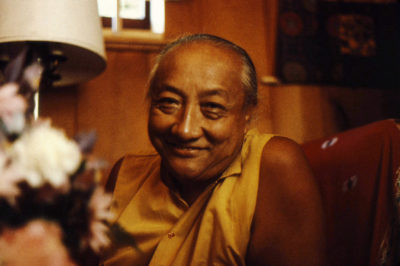
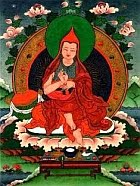
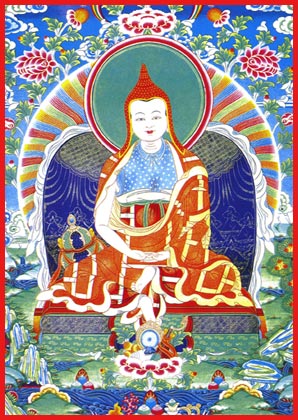
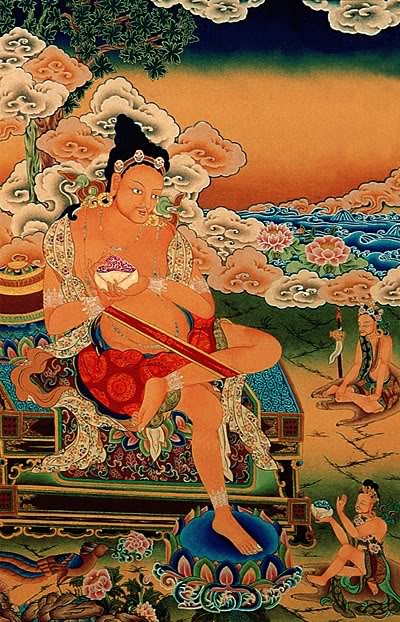
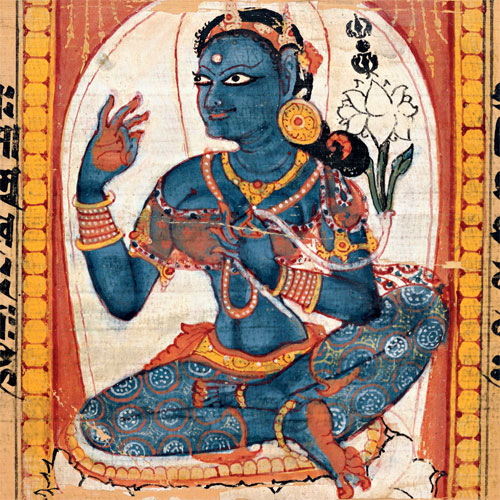
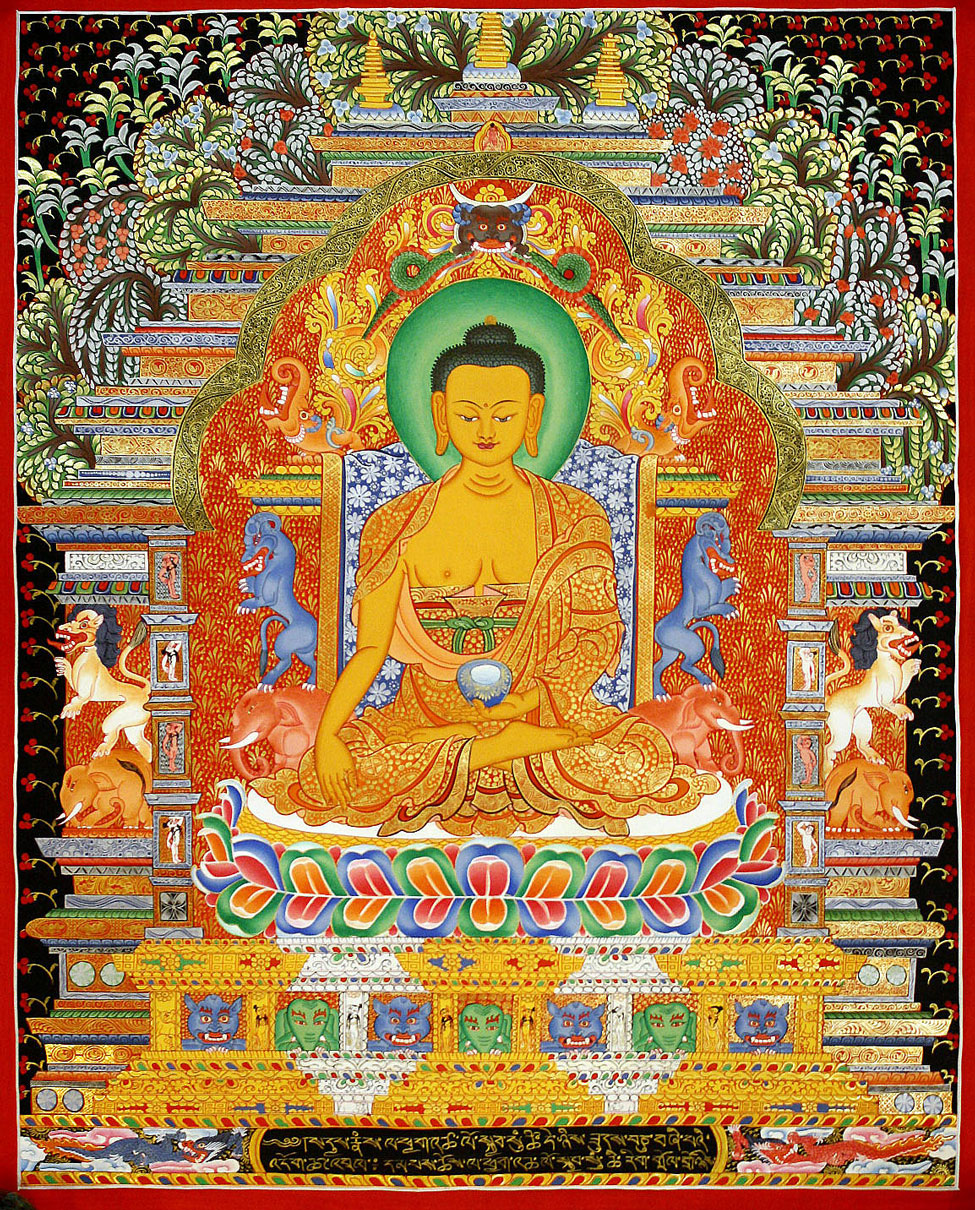

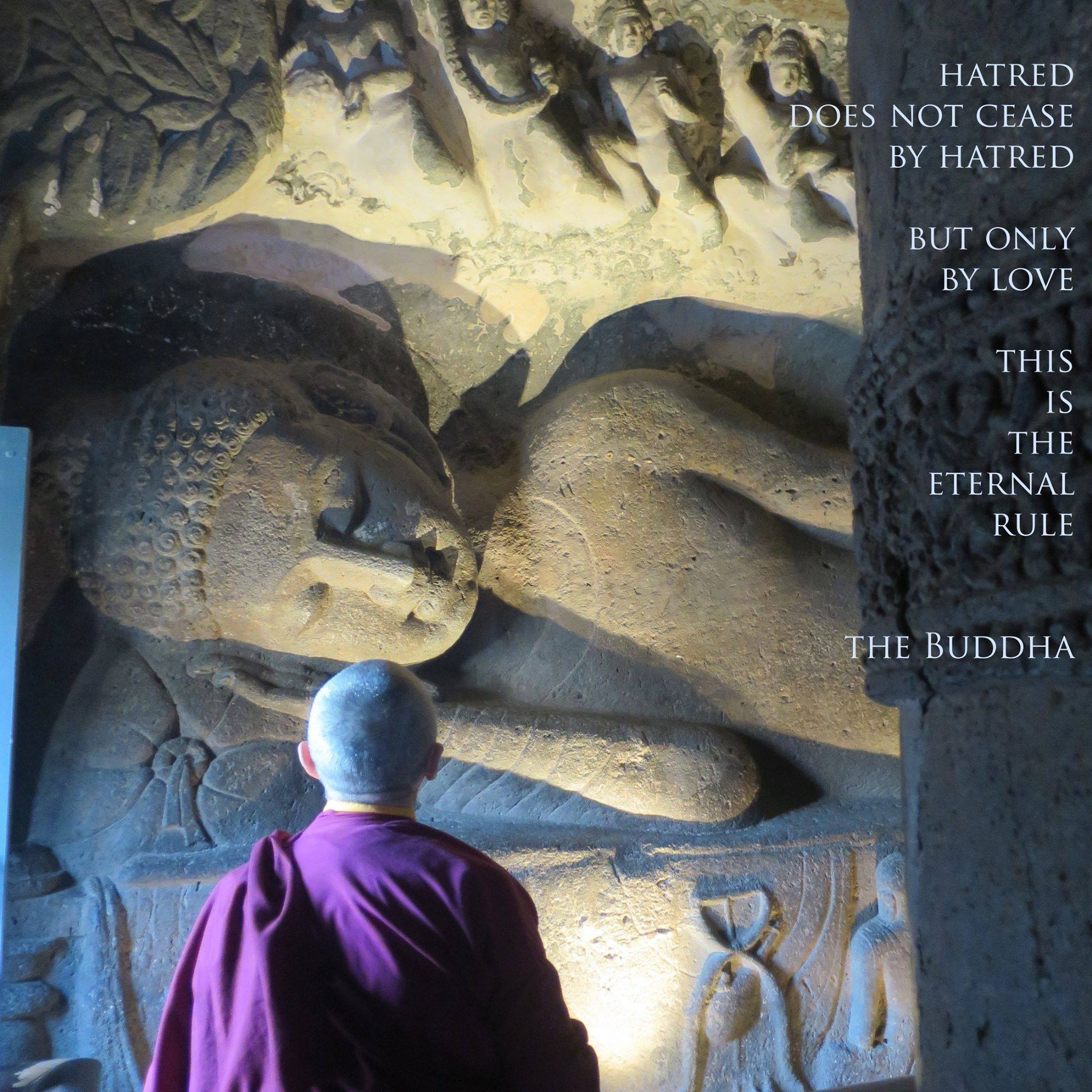 Karma: The Possession That Follows Us Everywhere
Karma: The Possession That Follows Us Everywhere